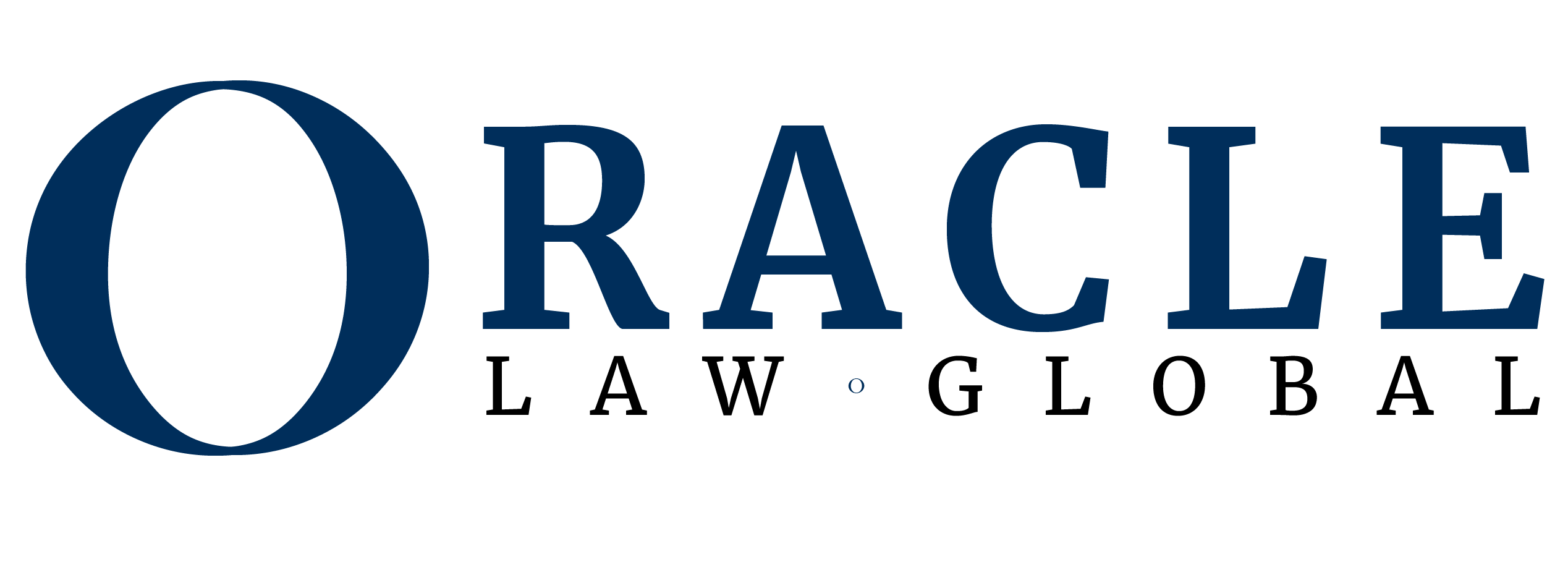Prada Acquires Versace from Capri Holdings
Have you got a question?
On April 10, 2025, after months of speculation, Prada Group—led by Patrizio Bertelli and Miuccia Prada—officially acquired Versace. The Medusa-brand fashion house, which had been owned for six years by New York-based Capri Holdings, thus returns to its homeland, going against the current trend of foreign acquisition of historic Italian labels.
The deal was finalized for €1.25 billion, though the final amount Prada will pay may vary over time, depending on adjustments related to working capital and the net financial position of the acquired company.
A Long-Anticipated Deal.
The agreement between these two historic brands had been in the air for some time, and all preparatory steps did not go unnoticed.
Italian media had already revealed the April 10, 2025 deadline in March, while initial rumors of Prada Group’s interest began circulating last January. This followed Capri Holdings’ December decision to task Barclays with presenting the Versace dossier—alongside its footwear brand Jimmy Choo—to major fashion groups and several investment funds.
Capri Holdings had already publicly stated its intention to focus financial resources on its flagship brand, Michael Kors, especially after the U.S. Federal Court blocked its proposed $8.5 billion merger with U.S. group Tapestry Inc. (owner of brands such as Coach).
Further signs came from both parties, fueling media speculation. First was the appointment of Dario Vitale—star designer at Miu Miu, a Prada Group brand—as creative director of Versace. Second was a March meeting in New York between Andrea Guerra, Lorenzo Bertelli, and Capri Holdings’ management to continue negotiations.
Meanwhile, Prada’s executives remained tight-lipped. During the February runway show for the Autumn-Winter 2025/26 season and the financial results call for FY2024, they emphasized being focused on growing the brands already in their portfolio.
Details of the Acquisition and the Main Players.
The agreement entailed a 100% acquisition of Versace, with an enterprise value of €1.25 billion.
To finance the purchase, Prada secured a €1.5 billion loan underwritten by BNP Paribas and Intesa Sanpaolo, the latter through its IMI Corporate & Investment Banking Division. The financing is structured as follows:
- €1 billion through a term loan;
- €500 million through a bridge facility.
For clarity:
- A term loan is a medium-term bank loan—typically set over 3, 5, or 7 years—with regular repayments (monthly or quarterly) and interest based on a fixed or variable rate.
- A bridge loan or bridge facility is a short-term loan intended to cover immediate liquidity needs while awaiting permanent financing.
In addition to these, a consortium of banks led by Goldman Sachs provided a €2.5 billion credit line—€1.5 billion for the acquisition itself, and €1 billion earmarked for relaunching and restructuring the Medusa-brand fashion house.
Prada also received advisory support from:
- PwC for financial and HR due diligence;
- PwC TLS for tax due diligence;
- BonelliErede for corporate and financing legal matters.
On the Capri Holdings side:
- Barclays handled the financial aspects of the deal;
- Wachtell, Lipton, Rosen & Katz provided legal advisory services.
The Future of the Medusa.
On Prada Group’s official website, in the section announcing the acquisition of Versace, the Milanese fashion house issued this statement:
“…With extraordinary brand awareness, Versace is a unique asset in the luxury landscape, deeply rooted in fashion history and brimming with contemporary potential. With its highly recognizable aesthetic, the brand is a strongly complementary addition to Prada Group’s portfolio and offers significant untapped growth potential through multiple value-creation levers…”
Prada CEO Andrea Guerra added:
“…The acquisition of Versace marks another step in our group’s evolution and brings a new, distinct and complementary dimension. The group’s infrastructure is strong; we’ve verticalized our brand organizations and strengthened our routines and processes. We feel ready to open this new chapter. Versace has enormous potential. The journey will be long and will require patience and disciplined execution. Brand evolution takes time and constant care…”
It’s clear that Prada intends to preserve the aesthetic identity that has long defined Versace—even though it differs greatly from Prada’s own. According to the group’s leadership, Versace will retain its creative DNA and cultural authenticity while benefiting from Prada Group’s strength, including industrial know-how and expertise in retail and operations. All of this points to a harmonious coexistence and a shared mission to restore Italian excellence on the global stage.
Conclusion.
A successful operation and, without a doubt, a reversal of the trend for Italian fashion: at last, one of the most iconic maisons returns home, with the promise of being restored to its former glory.
And if all this is true—as is the fact that the merger of these two brands certainly hasn’t gone unnoticed—then we’ll take some liberty with Shakespeare and say: “Much Ado About Something.”
- Oracle Italy S.T.A. s.r.l. Via Giovanni Porzio n.4- Isola B2 80143, Napoli
- (+39) 02 3056 5370
Book a call back
Share this article
Got a question?
Please complete this form to send an enquiry. Your message will be sent to one member of our team.
Related posts

The Criminal Legal Aid Crisis and Northern Ireland
Legal aid was introduced in 1949, a pillar of the then Labour Government’s welfare state. The UK was slightly late to the party.

Majorana 1 – Microsoft’s Quantum Chip
On February 19, 2025, Microsoft unveiled the Majorana 1, a quantum chip the size of a palm, marking a historic advancement in technology.

Tax & Financial Advisory Services in Albania
Navigating tax compliance, bookkeeping, payroll, and financial reporting can be complex and time-consuming for businesses operating in Albania. At Oracle Solicitors Albania, part

The Drip-Drip Approach Of The New Leasehold Reform
In January 2025, Matthew Pennycook, Minister of State for Housing and Planning, confirmed that from February 2025, leaseholders will be able to exercise

